This question is related to Differential pair length matching considering phase.
According to Microchip's document Implementation Guidelines for Microchip’s USB 2.0 and USB 3.1 Gen 1 and Gen 2 Hub and Hub-Combo Devices, when laying out USB 3.0 Superspeed tracks, it's important to carefully phase match the differential pairs by placing the phase matching meanders directly into the corners.
I can't find the same recommendation in any other manufacturer's documentation or app notes.
Does anyone have any evidence that shows the difference made by this technique, vs simply placing meanders on the straight sections near to the corners? Any simulations or measurements showing the differential waveforms at the receiving end would be very interesting to see.
